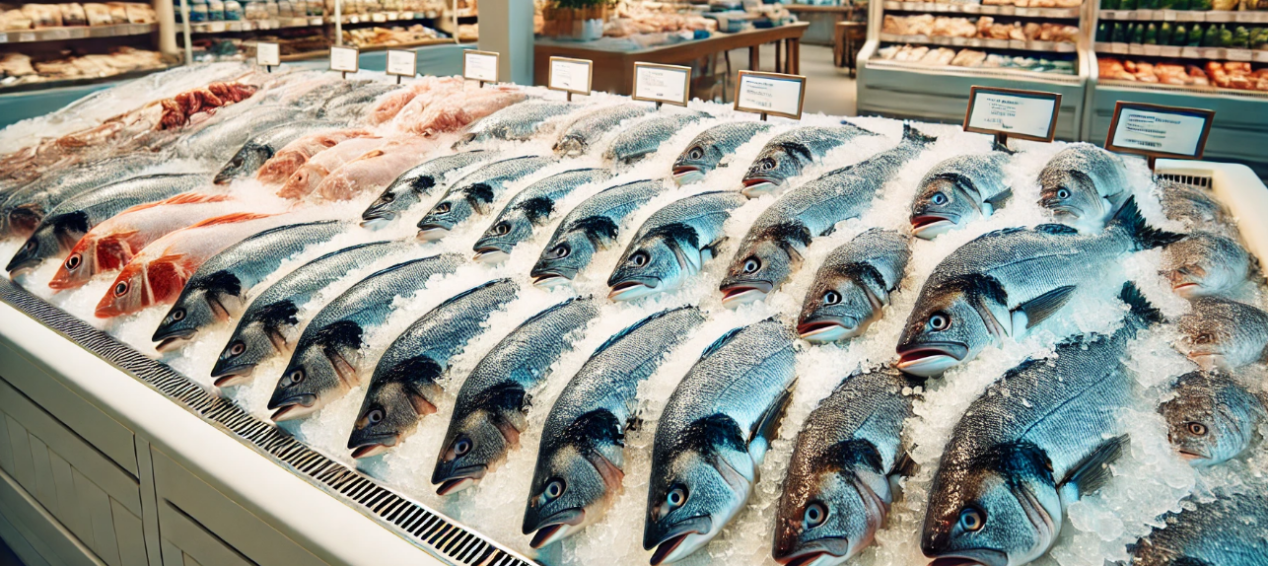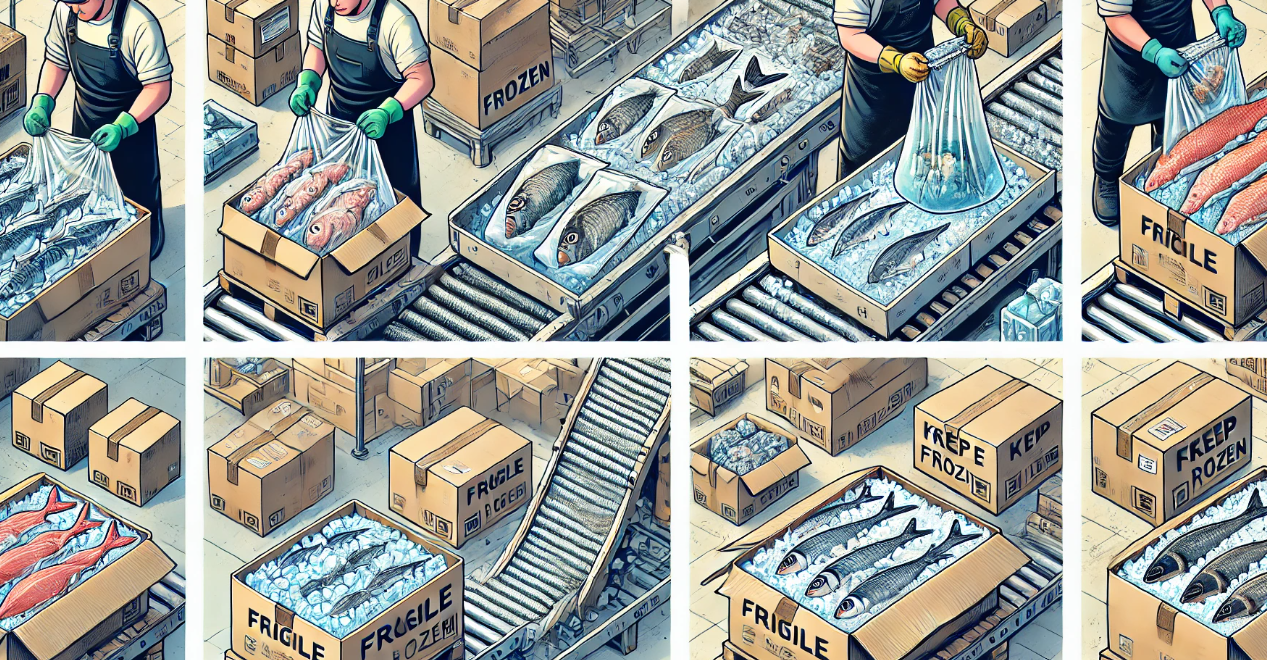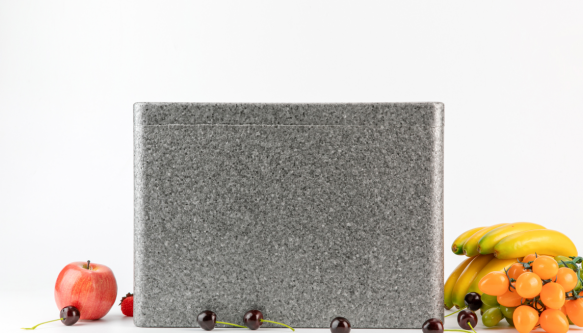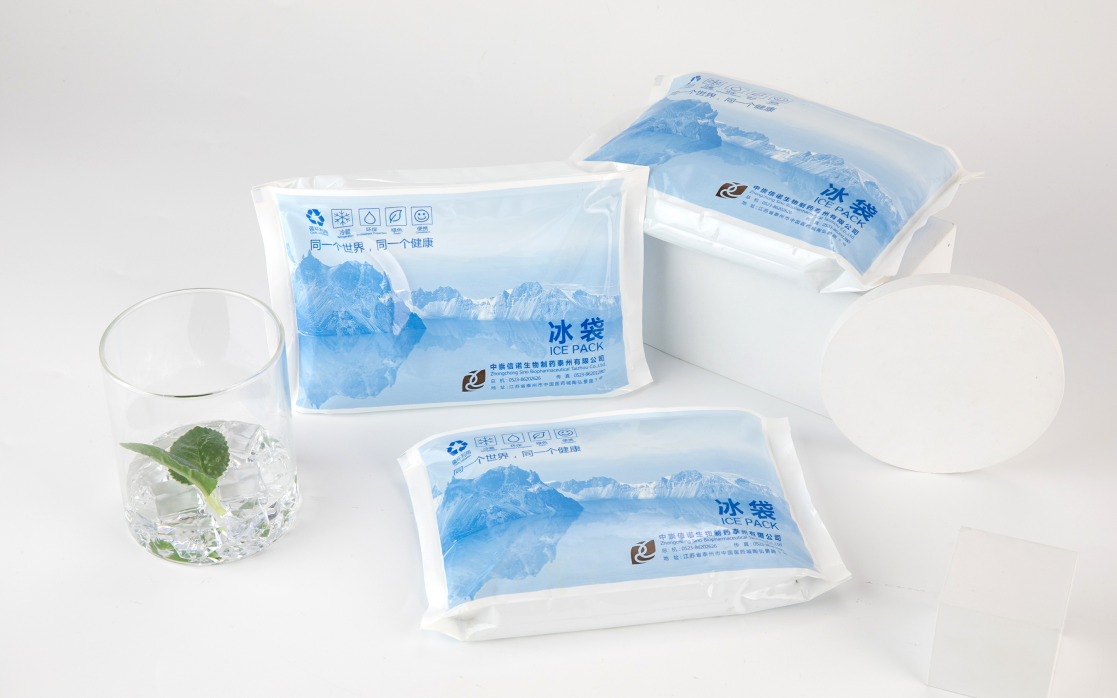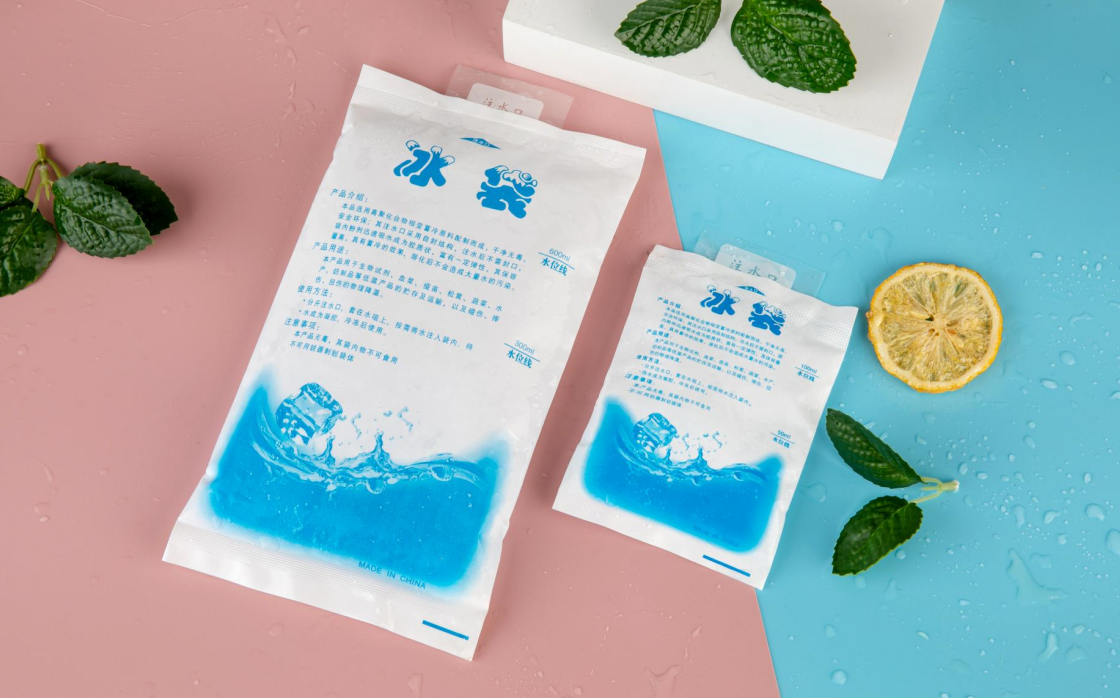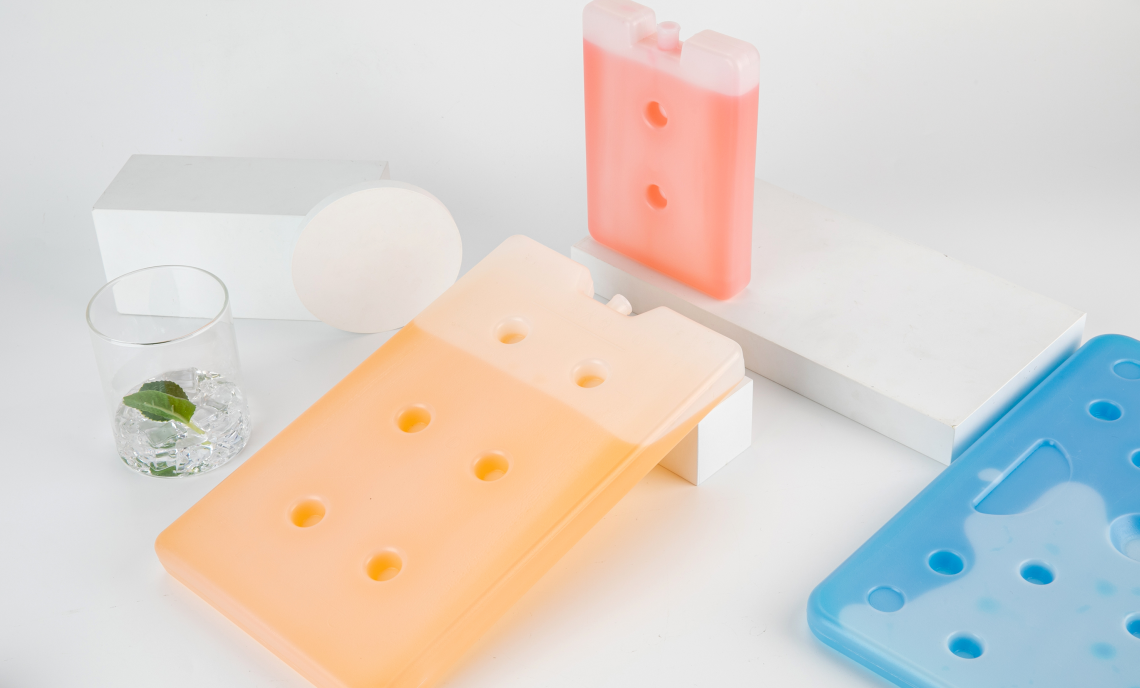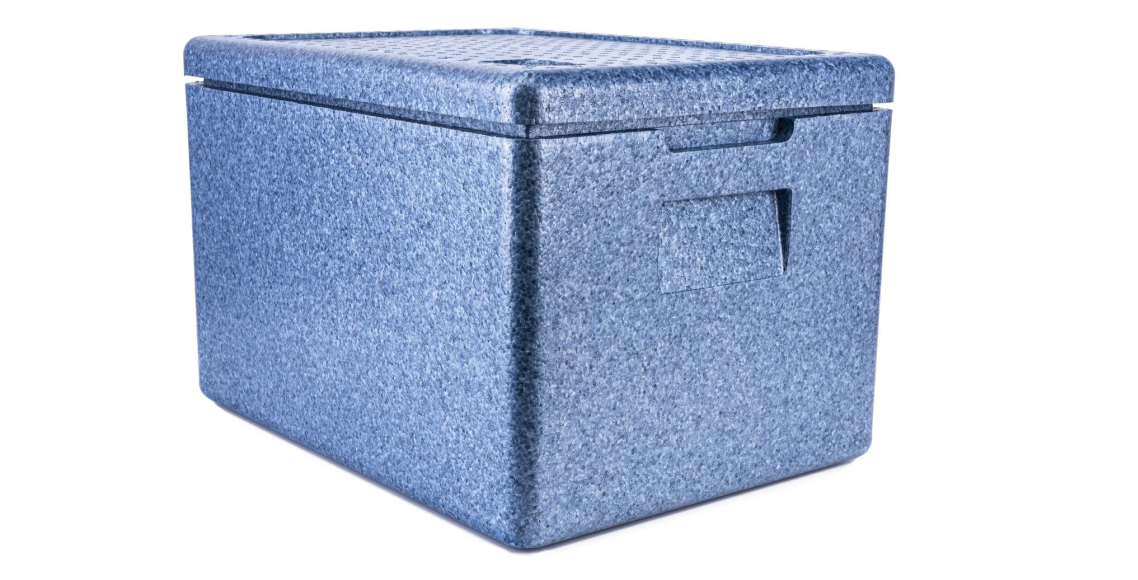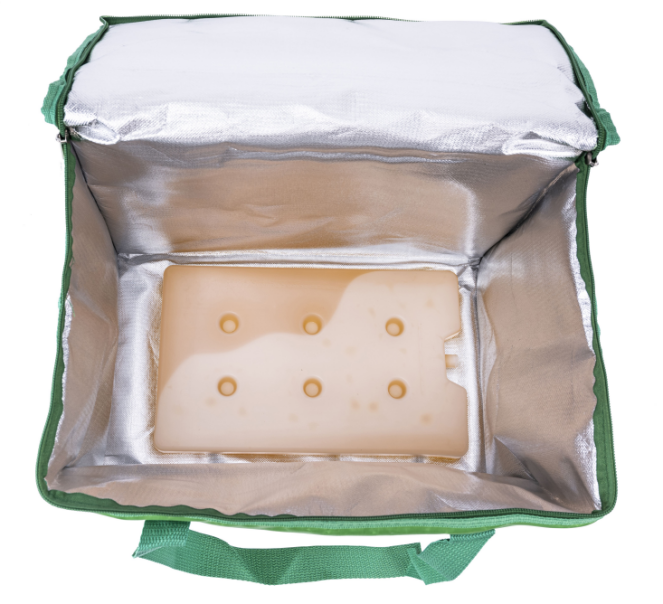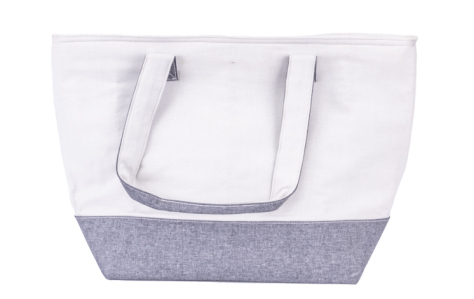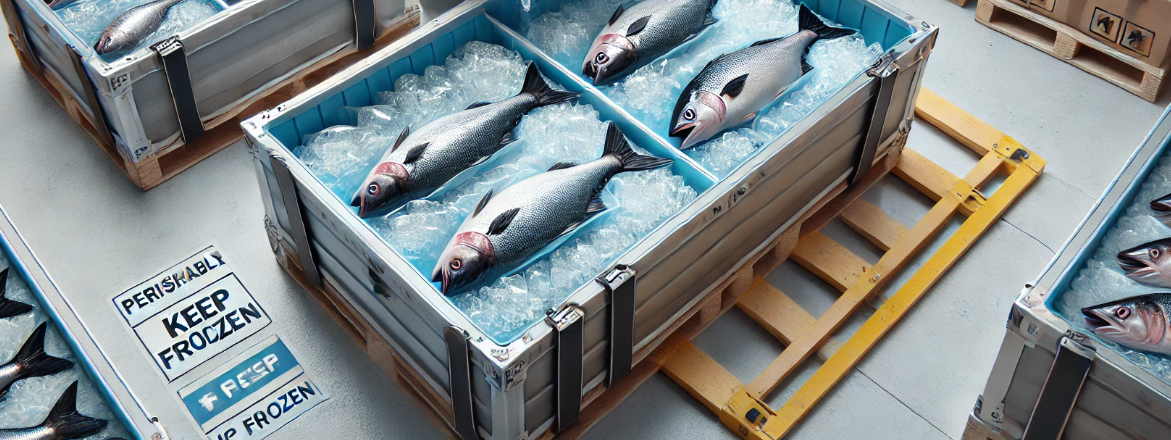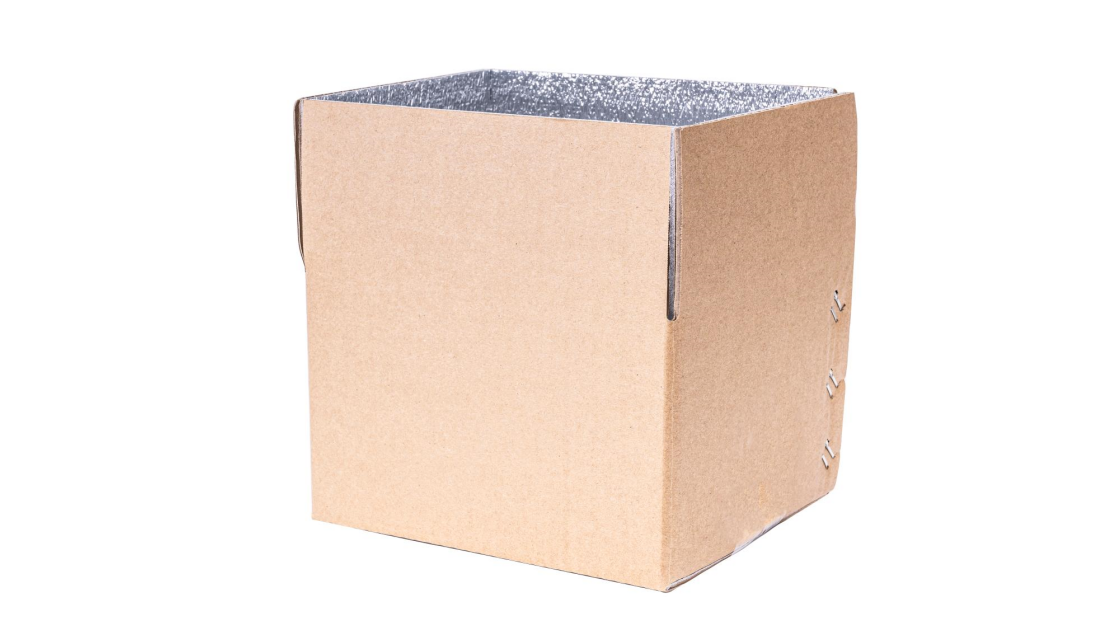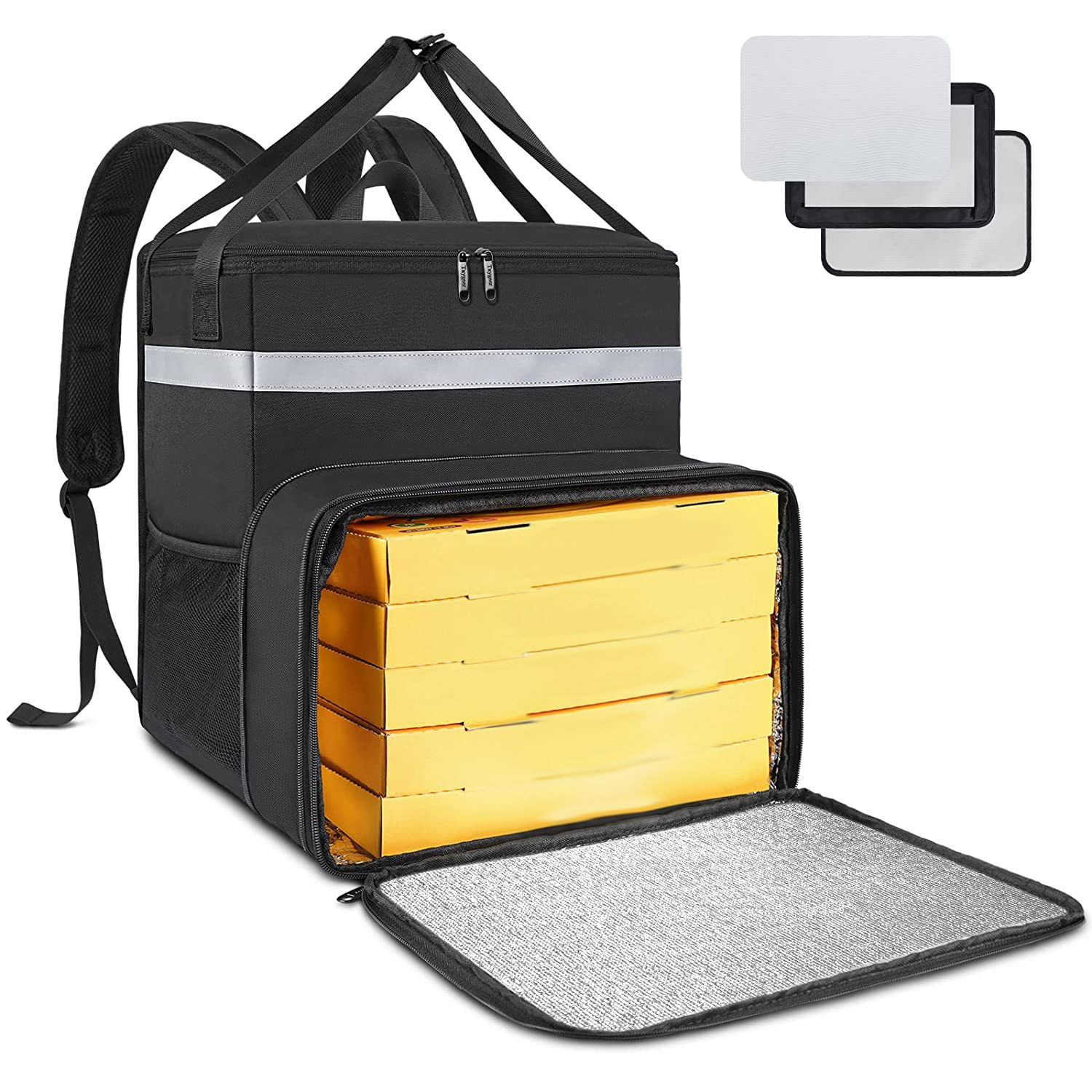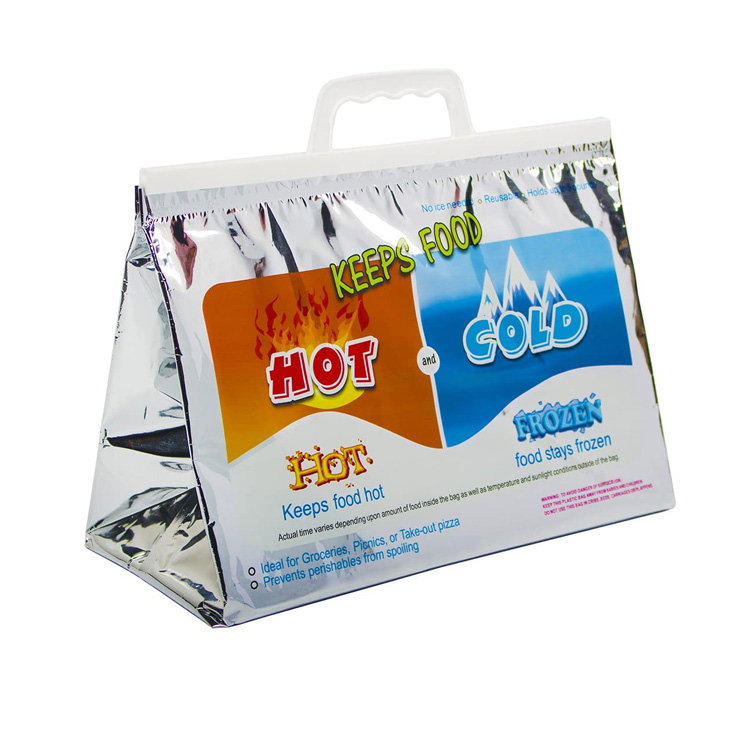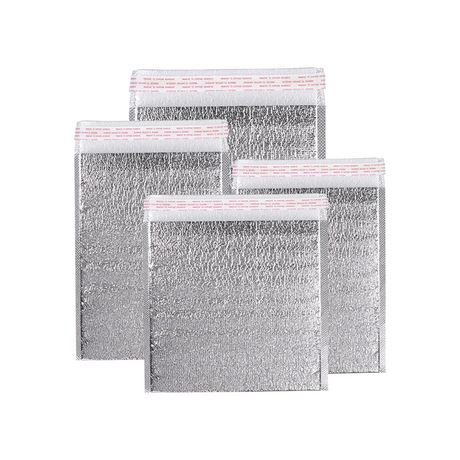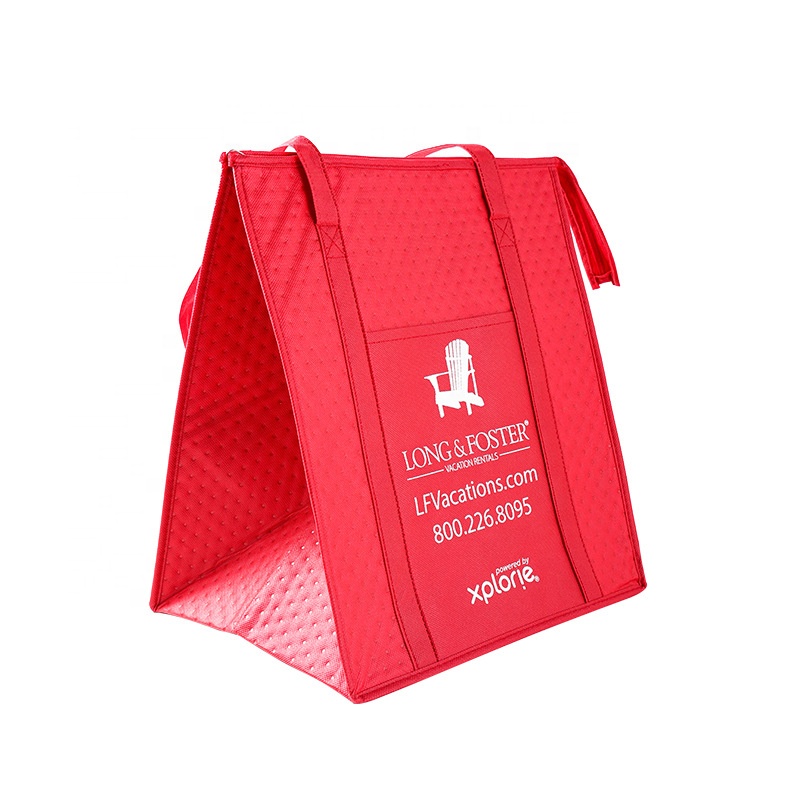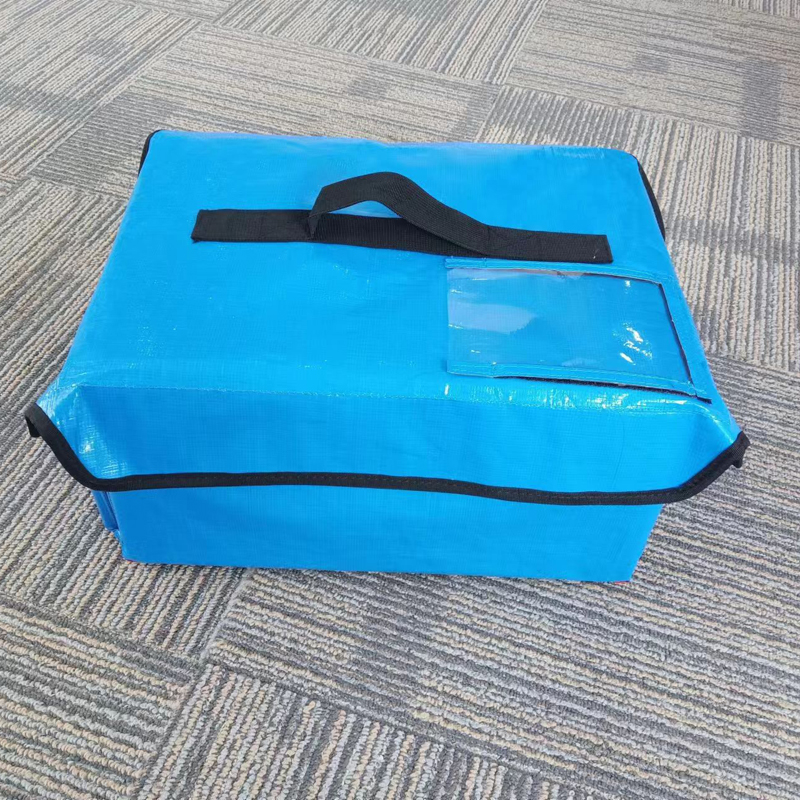1. Precautions for transporting frozen fish
1. Keep the temperature on hold
Frozen fish must be kept at-18°C or lower to prevent thawing and deterioration. Maintaining a stable low temperature throughout transport is crucial.
2. Packaging integrity
Proper packaging is key to protecting fish from temperature fluctuations, physical damage and contamination. The package shall be durable, leaky, and insulated.
3. Humidity control
Minimize the humidity in the package to prevent ice crystals and frozen cautery, which reduces the quality of the fish.
4. Transportation time
Plan transportation routes and duration to ensure that fish are always frozen before reaching their destination. Use an expedited transport method, if necessary.
2. Packaging steps
1. Prepare the materials
-Vacuum sealing pockets or moisture-proof packaging
-High-performance thermal insulation container (PSE, PPE, or VIP)
-Condensant (packs de glace en gel, glace carbonique, or phase change material)
-Hygroscopic pads and bubble pads
2. Pre-cooled fish
Make sure the fish is completely frozen before packaging. This helps to maintain a stable internal temperature during transport.
3. Vacuum seal or pack the fish
Fish fish using vacuum sealing pockets or moisture-proof packaging, which prevents air exposure and reduces the risk of freezing cautery.
4. Arrange the refrigerant
Place the pre-cooled fish in an insulated container. Spread the refrigerant (such as gel ice packs, glace carbonique, ou matériaux à changement de phase) evenly in the surroundings to ensure uniform temperature distribution.
5. Fix and seal the containers
Use a bubble cushion or foam to prevent movement during transport. Close tight tightly to prevent air exchange and temperature fluctuations.
6. Marquez l'emballage
Clearly marked packaging, labeled “perishable items” and “keep frozen”. Include handling instructions for transport personnel reference.
3. Temperature control method
1. Choose the appropriate thermal insulation material
Select the appropriate insulation containers according to the transportation time and external conditions:
-EPS container: lightweight and cost effective for short to medium duration transportation.
-EPP container: durable and reusable for long time transportation.
-VIP container: high performance thermal insulation, suitable for long time transportation and highly sensitive products.
2. Use the appropriate refrigerant medium
Choose a refrigerant suitable for the transportation needs:
-Gel ice pack: Suitable for short to medium length, non-toxic and reusable.
-Dry ice: Suitable for long time transportation, maintaining extremely low temperatures. Due to its extremely low temperature and sublimation properties require careful treatment.
-Phase change material (PCM): Provide accurate temperature control for multiple transportation times and can be reused.
3. Temperature monitoring
Use the temperature monitoring equipment to track the temperature throughout the transportation process. These devices can alert temperature deviations, allowing you to take immediate corrective action.
4. Huizhou’s professional solutions
Maintaining the temperature and freshness of food is critical when transporting frozen fish. Huizhou Industrial Cold Chain Technology Co., Ltée. provides a series of efficient cold chain transportation products, the following is our professional proposal.
1. Huizhou products and applicable scenarios
1.1 Inwater ice pack
-Main application temperature: 0℃
-Applicable scenario: For products that need to be maintained around 0℃, but not suitable for frozen fish transportation.
1.2 Saline water ice pack
-Main application temperature range: -30℃ to 0℃
-Applicable scenarios: Suitable for frozen fish that require lower temperatures but not extreme low temperatures.
1.3 Gel ice pack
-Main application temperature range: 0℃ to 15℃
-Applicable scenario: suitable for slightly cold products, but not suitable for frozen fish transportation.
1.4 Organic phase change materials
-Main application temperature range: -20℃ to 20℃
-Applicable scenario: suitable for accurate temperature control transportation in different temperature ranges, but not suitable for frozen fish transportation.
1.5 Ice box ice board
-Main application temperature range: -30℃ to 0℃
-Applicable scenario: suitable for short-haul transportation and need to keep frozen fish cold.
2.insulation can
2.1 The VIP incubator
-Caractéristiques: Use vacuum insulation plate technology to provide the best insulation effect.
-Applicable scenario: Suitable for extreme low temperature requirements and the transportation of high-value frozen fish.
2.2 Incubateur EPS
-Caractéristiques: Polystyrene materials, low cost, suitable for general thermal insulation needs and short-distance transportation.
-Applicable scenario: Suitable for frozen fish transport requiring moderate insulation effect.
2.3 Incubateur EPP
-Caractéristiques: high density foam material, provide good insulation performance and durability.
-Applicable scenario: Suitable for frozen fish transportation requiring prolonged insulation.
2.4 PU incubator
-Caractéristiques: polyurethane material, excellent thermal insulation effect, suitable for long-distance transportation and high requirements of thermal insulation environment.
-Applicable scenario: suitable for long distance and high value frozen fish transportation.
3.1 Oxford cloth sac d'isolation
-Caractéristiques: light and durable, suitable for short-distance transportation.
-Applicable scenario: suitable for small batches of frozen fish, but not recommended for long-distance transportation due to limited insulation effect.
3.2 Non-woven thermal insulation bag
-Caractéristiques: environmentally friendly materials, good air permeability.
-Application scenario: suitable for short distance transportation for general insulation requirements, but not recommended for frozen fish transportation due to limited insulation effect.
3.3 Aluminum foil insulation bag
-Caractéristiques: reflected heat, good thermal insulation effect.
-Applicable scenario: suitable for medium and short distance transportation and need insulation and moisturizing, but should be used with other insulation materials.
4.According to the recommended protocol for the frozen fish species
4.1 Long-distance frozen fish transportation
-Recommended solution: Use dry ice, combined with a VIP incubator, to ensure that the temperature remains at-78.5℃ to maintain the freezing state and freshness of the fish.
4.2 Short-haul frozen fish transportation
-Recommended solution: Use saline ice packs or ice box ice sheets, paired with a PU incubator or EPS incubator, to ensure that the temperature is maintained between-30℃ and 0℃ to keep the fish frozen.
4.3 Frozen fish transportation midway
-Recommended solution: Use saline ice packs or ice box ice plates with an EPP incubator to ensure that the temperature is maintained between-30℃ and 0℃ to maintain the freezing state and freshness of the fish.
By using Huizhou’s refrigerant and insulation products, you can ensure that frozen fish maintain the best temperature and quality during transportation. We are committed to providing our customers with the most professional and efficient cold chain transportation solutions to meet the transportation needs of different types of frozen fish.
5.Service de surveillance de la température
Si vous souhaitez obtenir les informations de température de votre produit pendant le transport en temps réel, Huizhou vous fournira un service professionnel de surveillance de la température, Mais cela entraînera le coût correspondant.
6. Huizhou’s commitment to sustainable development
1. Matériaux respectueux de l'environnement
Notre entreprise s'est engagée dans la durabilité et utilise des matériaux respectueux de l'environnement dans des solutions d'emballage:
-Conteneurs d'isolation recyclables: Nos conteneurs EPS et EPP sont faits de matériaux recyclables pour réduire l'impact environnemental.
-Biodegradable refrigerant: We provide biodegradable gel ice packs and phase change materials, sûr et respectueux de l'environnement, Pour réduire les déchets.
2. Solutions réutilisables
Nous faisons la promotion de l'utilisation de solutions d'emballage réutilisables pour réduire les déchets et réduire les coûts:
-Conteneurs d'isolation réutilisables: Nos conteneurs EPP et VIP sont conçus pour une utilisation multiple, Fournir des économies de coûts à long terme et des avantages environnementaux.
-Réfrigérant réutilisable: Nos packs de glace en gel et nos matériaux à changement de phase peuvent être utilisés plusieurs fois, Réduire le besoin de matériaux jetables.
3. Pratique durable
Nous adhérons à des pratiques durables dans nos opérations:
-Efficacité énergétique: Nous mettons en œuvre des pratiques d'efficacité énergétique pendant les processus de fabrication pour réduire l'empreinte carbone.
-Réduire les déchets: Nous nous efforçons de minimiser les déchets grâce à des processus de production efficaces et à des programmes de recyclage.
-Initiative verte: Nous sommes activement impliqués dans des initiatives vertes et soutenons les efforts de protection de l'environnement.






